
Introduction:
A radiator cap may seem like a small component, but it plays a crucial role in maintaining the proper functioning of your vehicle’s cooling system.
Here are some symptoms of a bad radiator cap and how to inspect it:
How Does a Radiator Cap Work?
A radiator cap serves as a pressure valve for the cooling system in a vehicle. It maintains the proper pressure within the cooling system by allowing excess pressure to escape into the overflow reservoir and preventing air from entering the system.
Symptoms of a Bad Radiator Cap
1. Coolant Leak:
When a radiator cap is faulty, it may not seal the coolant system properly. This could happen due to various reasons such as worn-out seals or a damaged pressure release valve.
As a result, coolant may escape from the radiator cap area. Coolant leaks are often visible as puddles beneath the vehicle or as dried residue around the radiator cap or overflow reservoir.
If left unchecked, coolant leaks can lead to a loss of coolant, which compromises the cooling system’s effectiveness and can eventually cause the engine to overheat.
2. Engine Overheating:
The primary function of the radiator cap is to maintain the correct pressure within the cooling system. This pressure is crucial for the coolant to efficiently absorb and dissipate heat from the engine.
If the radiator cap fails to maintain the required pressure, it can lead to inefficient cooling. Without proper cooling, the engine temperature can rise to dangerous levels, resulting in overheating.
Overheating can cause significant damage to the engine components and may even lead to engine failure if not addressed promptly.
How to Inspect a Radiator Cap
1. Checking the Plunger Condition:
The plunger or valve inside the radiator cap plays a critical role in regulating pressure within the cooling system. It opens to allow excess pressure to escape into the overflow reservoir and closes to prevent air from entering the system.
During inspection, ensure that the plunger moves freely and smoothly without any signs of obstruction, corrosion, or damage.
Any issues with the plunger can compromise the sealing ability of the radiator cap and affect the overall performance of the cooling system.
2. Testing Using a Pressure Gauge:
Testing the radiator cap with a pressure gauge provides a more accurate assessment of its functionality. The pressure gauge measures the pressure within the cooling system when the engine is running at operating temperature.
This test helps determine if the radiator cap is maintaining the correct pressure specified for the vehicle. If the pressure reading is significantly lower or higher than the recommended range, it indicates a potential problem with the radiator cap, such as a faulty pressure release valve or worn-out seals.
Regular inspection and maintenance of the radiator cap are essential preventive measures to ensure the proper functioning of the vehicle’s cooling system.
Addressing any issues with the radiator cap promptly can help prevent more significant problems such as engine overheating and coolant leaks, ultimately prolonging the life of the engine and ensuring reliable performance.
Conclusion:
In conclusion, a properly functioning radiator cap is crucial for maintaining the efficiency and reliability of a vehicle’s cooling system. It helps regulate the pressure within the system, prevents coolant leaks, and ensures effective heat dissipation from the engine.
However, a faulty radiator cap can lead to coolant leaks, engine overheating, and potentially serious engine damage if left unaddressed.
Regular inspection of the radiator cap, including checking for leaks, assessing the plunger condition, and testing with a pressure gauge, is essential for early detection of any issues.
Prompt replacement of a faulty radiator cap is necessary to prevent further problems and maintain the optimal performance of the cooling system.
By understanding the symptoms of a bad radiator cap and knowing how to inspect it, vehicle owners can take proactive measures to prevent costly repairs and ensure the longevity of their engines.
Maintaining a healthy cooling system through proper radiator cap maintenance is key to safe and reliable vehicle operation.
Discover More:
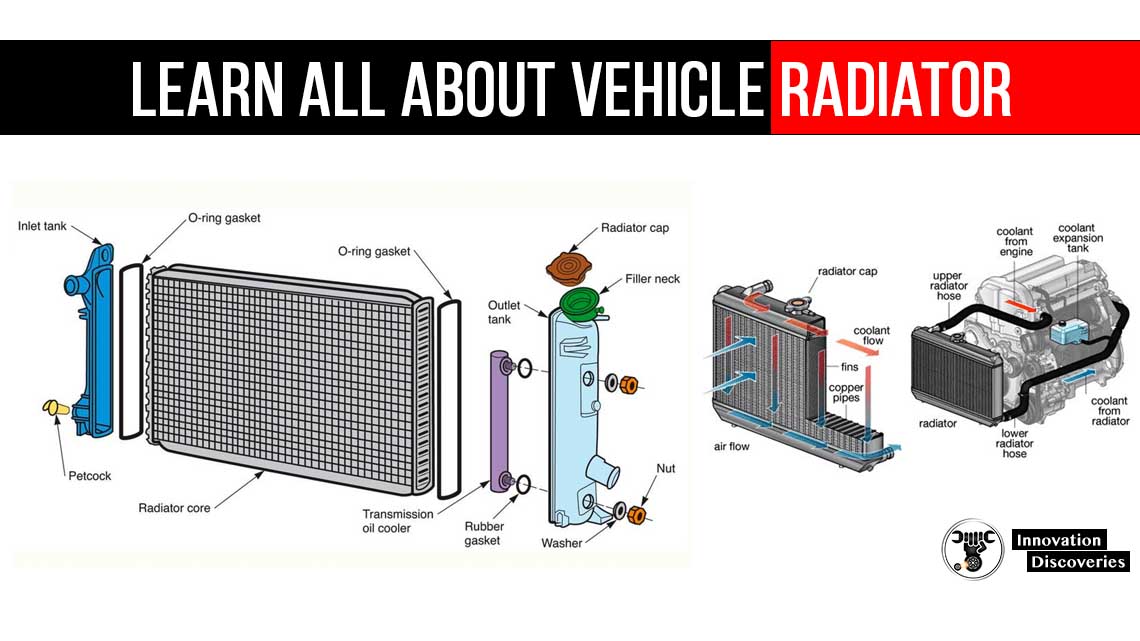
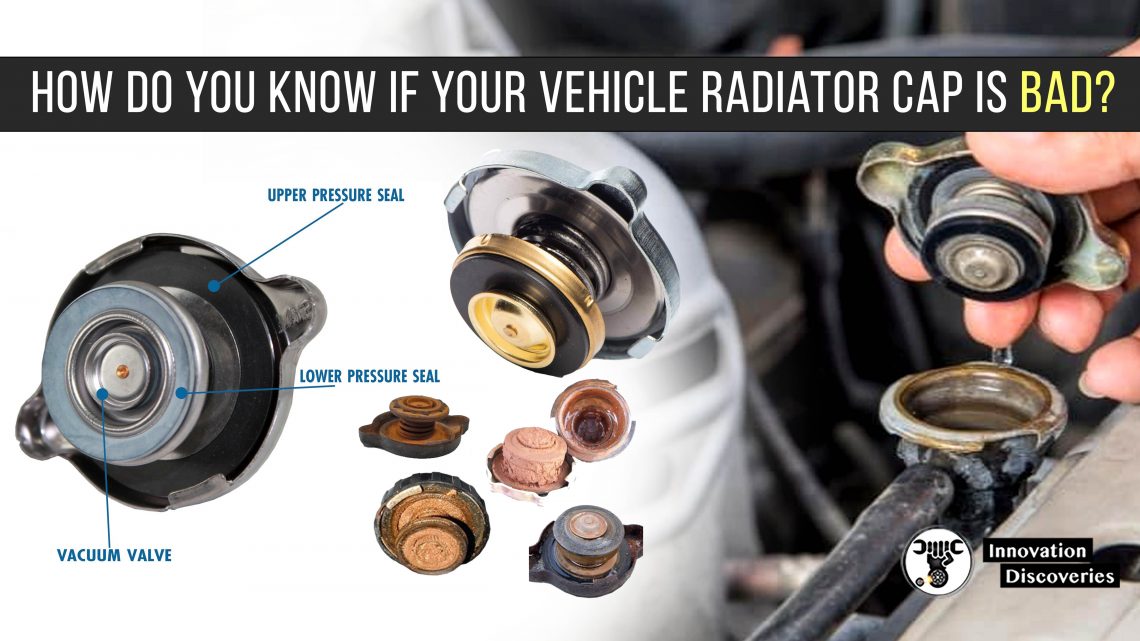
Read More:
- WORKING OF THERMOSTATS
- CAR THERMOSTAT FUNCTIONS, FAILURE SYMPTOMS, AND REPLACEMENT COST
- PISTON DAMAGE FROM OVERHEATING
- SYMPTOMS OF AN EXHAUST LEAK
- EXHAUST GAS RECIRCULATION (EGR)
- HOW AN ENGINE COOLING SYSTEM WORKS
- WATER COOLING VS AIR COOLING
Read: BLEED A RADIATOR AT HOME EASILY
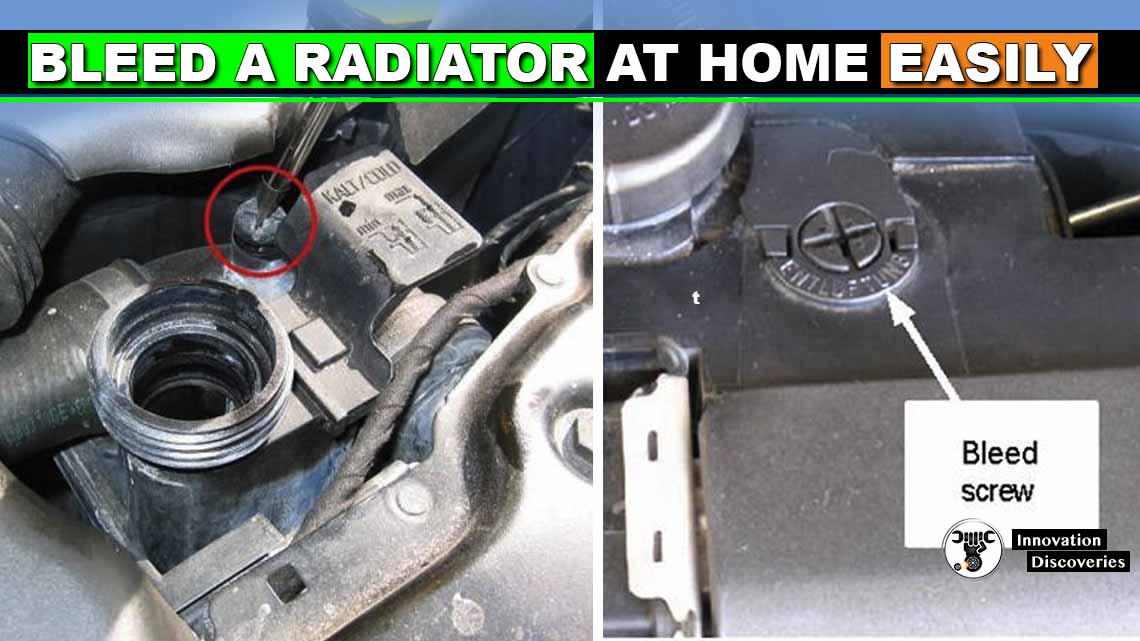
HOW TO APPLY A TEMPORARY REPAIR FOR UPPER RADIATOR HOSE?
Visit Forum
Visit Our Friendly Website


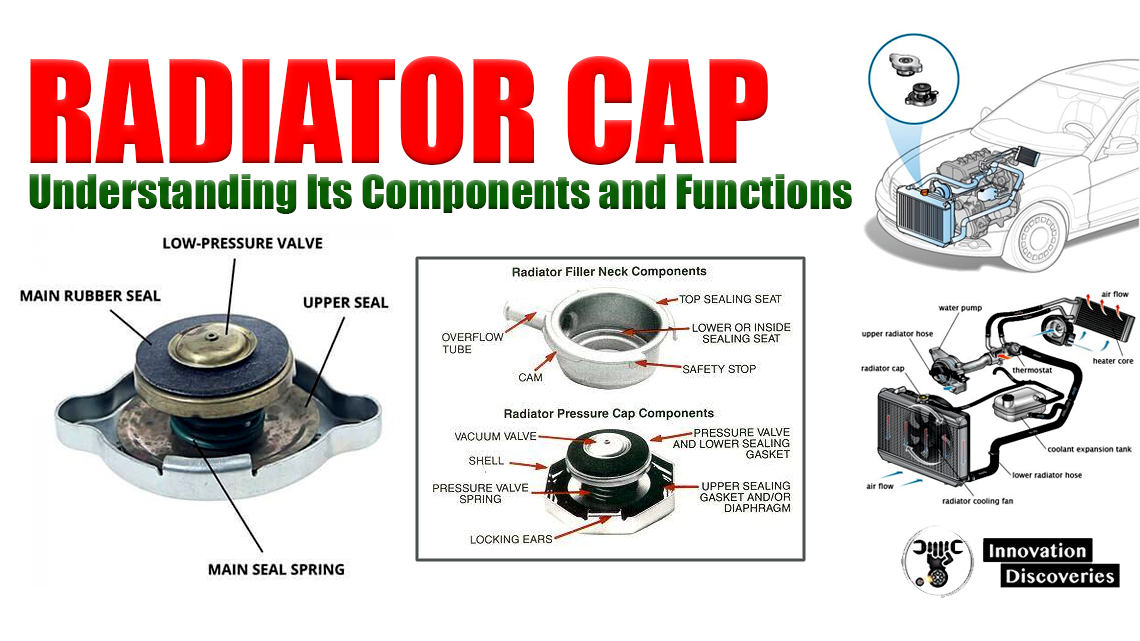
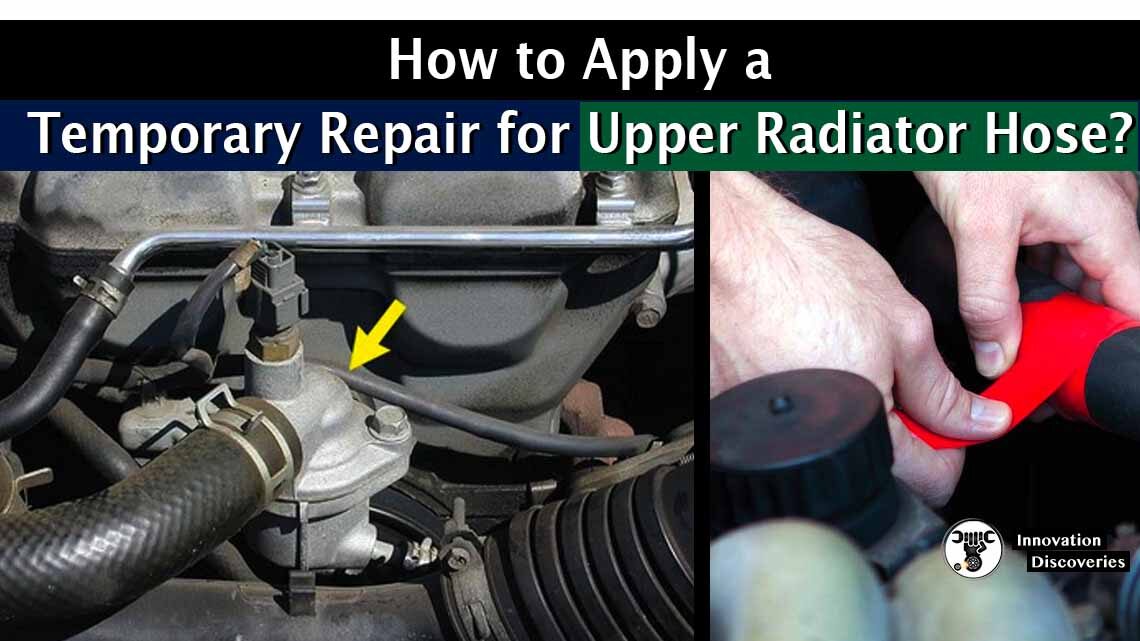



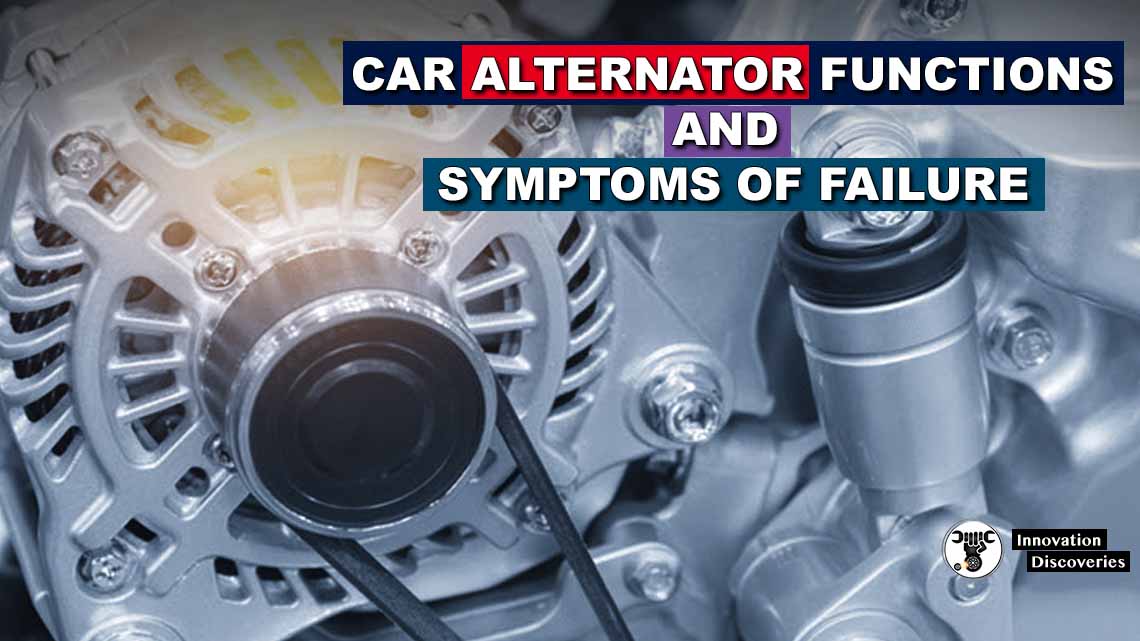
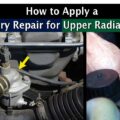
3 Comments